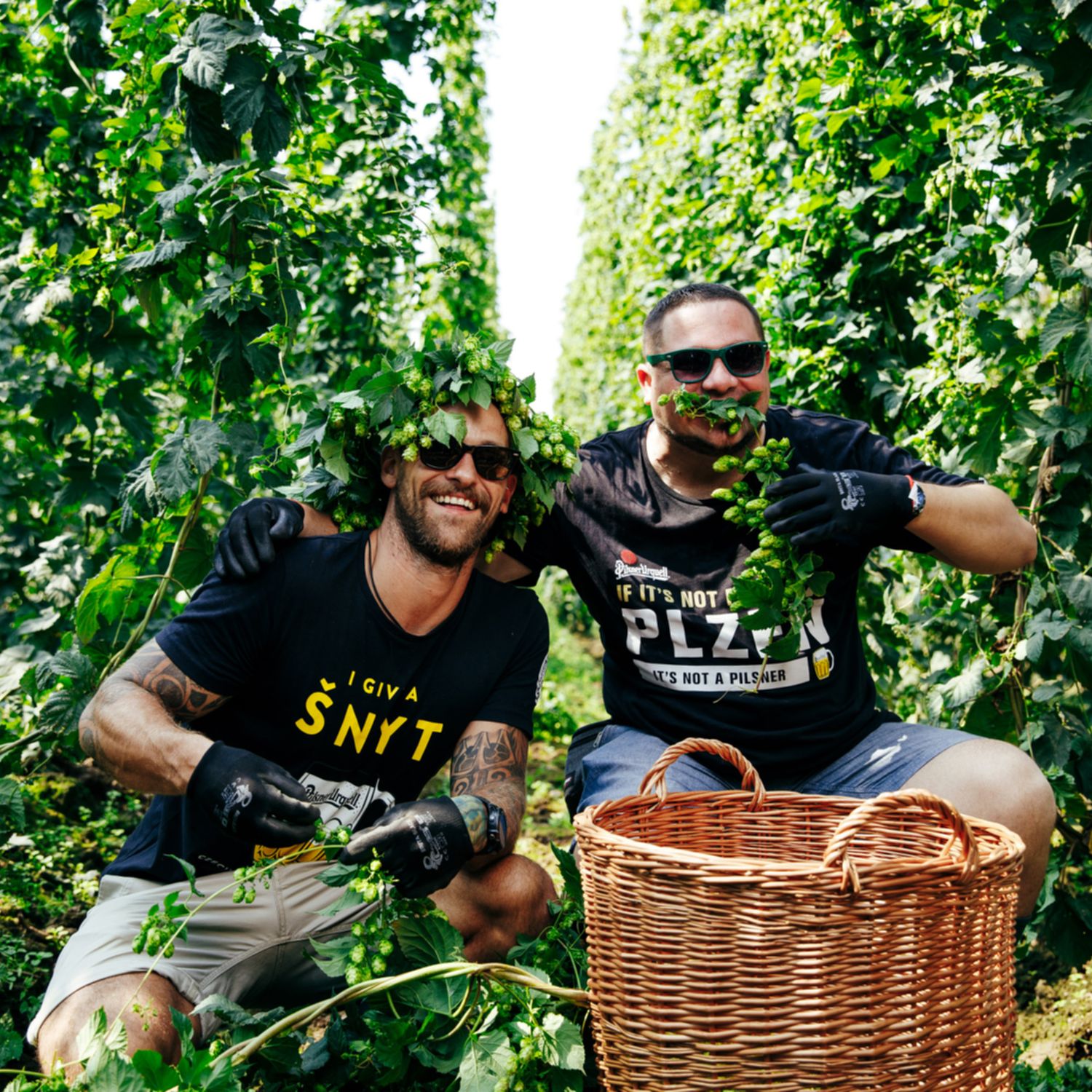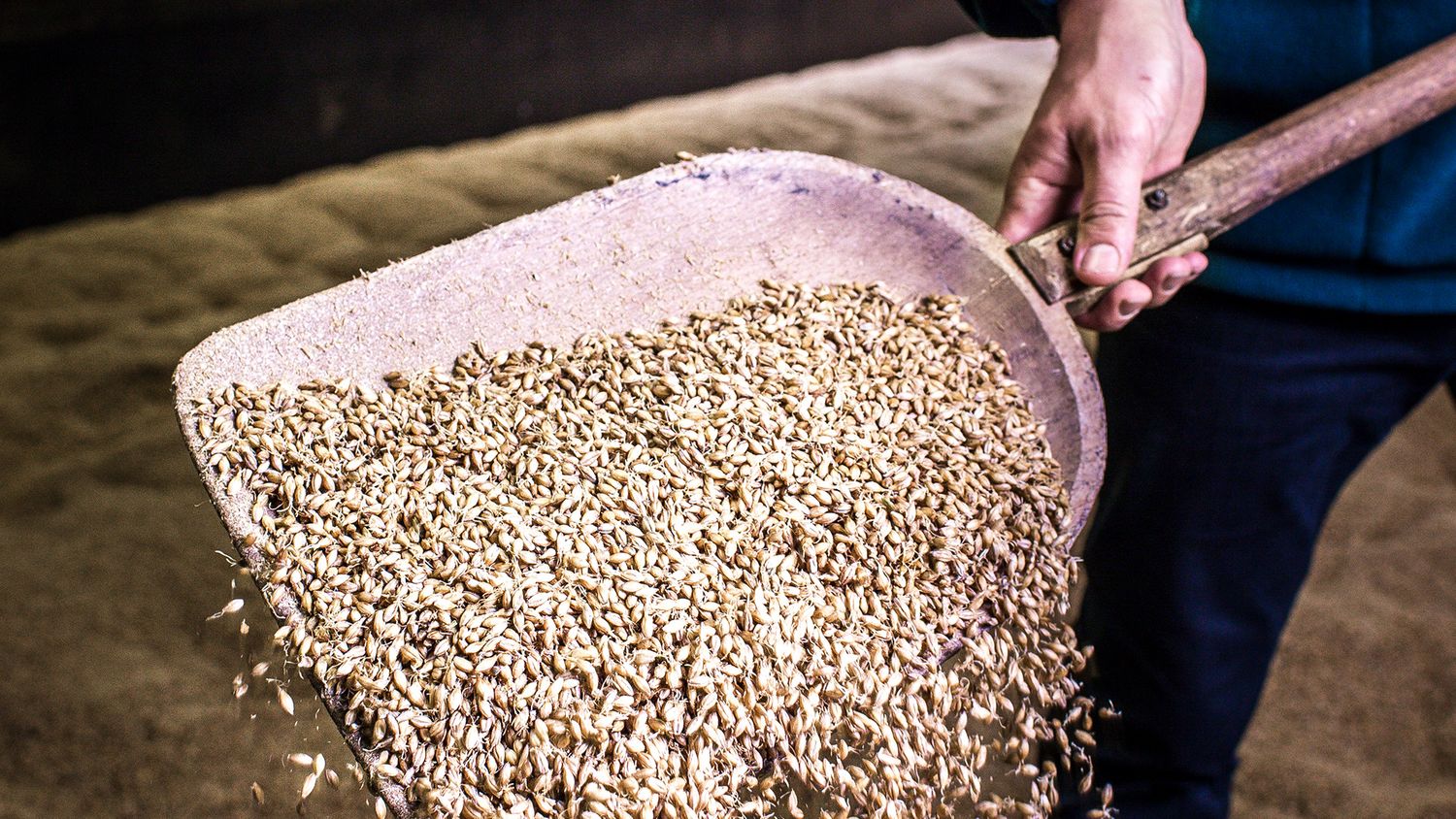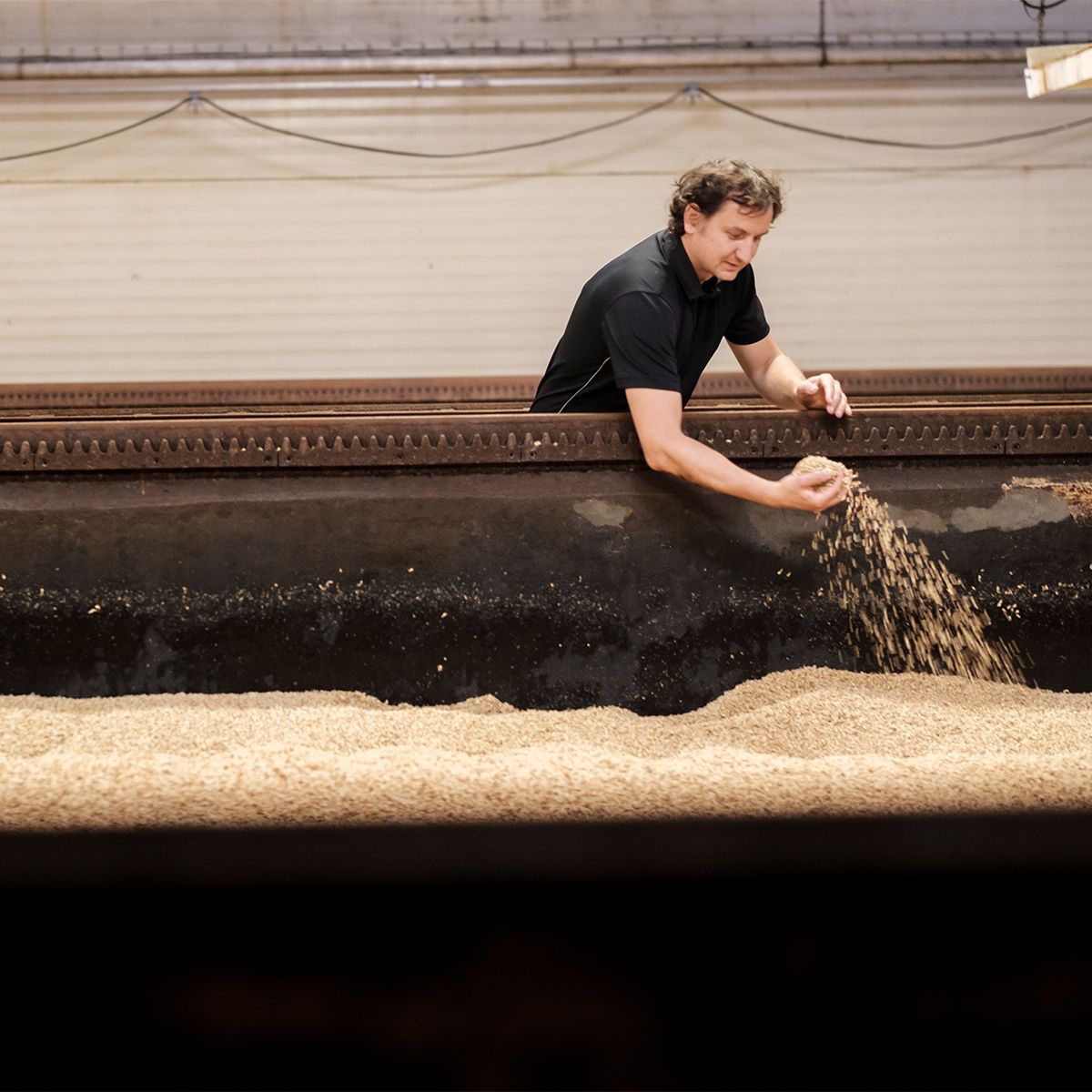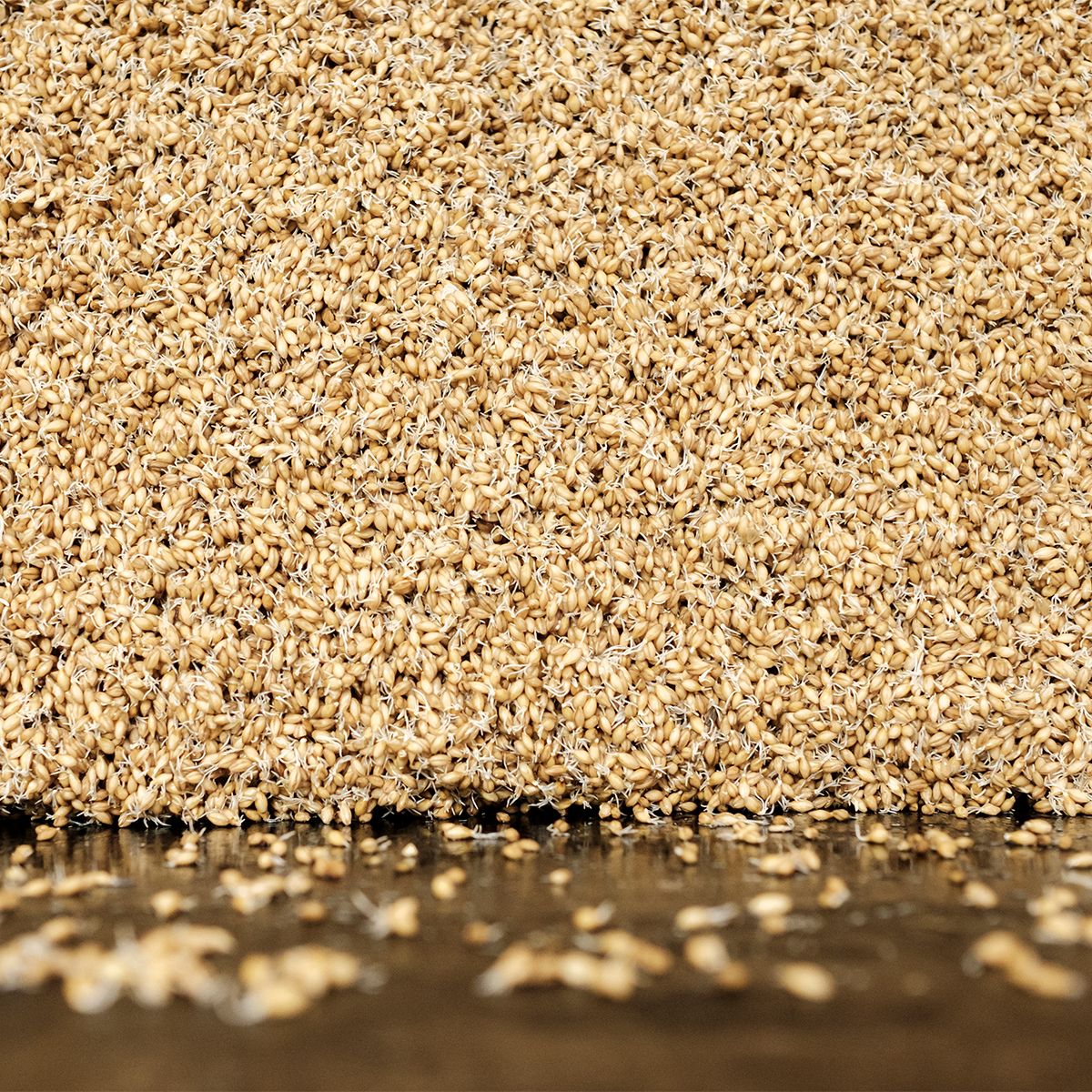
Moravia, in southeast Czech, is known as the ‘capital of malt’. It has perfect growing conditions: the soil is rich, fertile and holds water well, the region gets just the right amount of sun and rain and the land is flat – perfect for harvesting, especially with the new threshing machines invented during the late Industrial Revolution in the 1820s and 30s.
In Josef Groll’s day, he would have almost certainly used a variety of barley called Haná (now sadly an heirloom strain). This particular variety was grown on the wide flat Haná plateau, famous for its rich black soil, and has always been regarded as the Rolls-Royce of grain.
It is often said that Haná is the father of all modern-day varieties, having genetic ties to barley still grown all over the world, from Sweden to the States. In the 1860s, the story goes that a local aristocratic landowner with a healthy interest in science selected seeds from the Haná variety and sold it to brewers and maltsters far and wide, who in turn started cross-breeding it with other varieties to mimic the success of Pilsner Urquell. Haná is still grown today, but only as cattle feed and no longer for brewing.
Today we use other types of barley from Moravia, typically Loudis 550 – a spring double-row barley with a long dense stem that prevents it falling over pre-harvest, 30 grains in the stem and a strong resistance to disease.


